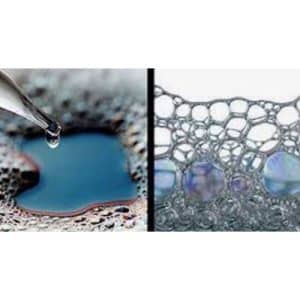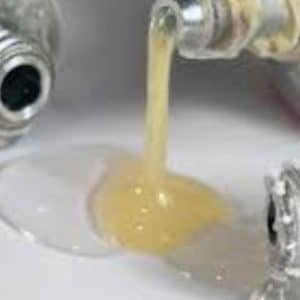Description
Thickeners and rheology modifiers are additives in paint formulations that influence the viscosity, flow, and overall rheological properties of the paint. These additives play a crucial role in achieving the desired consistency, stability, and application characteristics. Here are common types of thickeners and rheology modifiers used in paints:
- Cellulosic Thickeners:
- Examples:
- Hydroxyethyl cellulose (HEC)
- Hydroxypropyl methylcellulose (HPMC)
- Functions:
- Provide viscosity control.
- Improve pigment suspension and prevent settling.
- Enhance paint stability.
- Associative Thickeners:
- Examples:
- Hydrophobically modified ethoxylated urethanes (HEUR)
- Hydrophobically modified alkali-swellable emulsions (HASE)
- Functions:
- Offer efficient thickening at low shear rates.
- Improve flow and leveling properties.
- Contribute to sag resistance in vertical applications.
- Polymeric Thickeners:
- Examples:
- Polyacrylates
- Polyurethanes
- Functions:
- Provide effective thickening and rheological control.
- Enhance paint stability.
- Offer versatility in formulating both water-based and solvent-based paints.
- Clay Thickeners:
- Examples:
- Bentonite
- Attapulgite
- Functions:
- Contribute to thixotropy, allowing the paint to flow easily during application and then regain viscosity after application.
- Improve sag resistance in vertical applications.
- Fumed Silica:
- Functions:
- Acts as a thickening and thixotropic agent.
- Provides anti-settling properties.
- Enhances pigment suspension.
- Organic Thickeners:
- Examples:
- Xanthan gum
- Guar gum
- Functions:
- Contribute to viscosity control in water-based paints.
- Improve paint stability.
- Can have pseudoplastic rheological behavior.
- Rheology Modifiers:
- Examples:
- Polyacrylic acid derivatives
- Polyurethane-based modifiers
- Functions:
- Influence the flow and leveling characteristics of the paint.
- Provide control over the rheological profile.
- Improve the overall application properties.
Considerations for Thickeners and Rheology Modifiers:
- Application Method: Consider the intended application method (brushing, rolling, spraying) and adjust rheology accordingly.
- Compatibility: Ensure compatibility with other components in the paint formulation.
- Effect on Color and Transparency: Some thickeners may affect the color or transparency of the paint, so compatibility with pigments and colorants is essential.
- Environmental and Regulatory Considerations: Choose thickeners that align with environmental and regulatory standards, such as low-VOC or eco-friendly options.
Thickeners and rheology modifiers are essential for achieving the right consistency and application properties in paints. The choice of these additives depends on the specific requirements of the paint formulation, the application method, and the desired performance characteristics.















Reviews
There are no reviews yet.